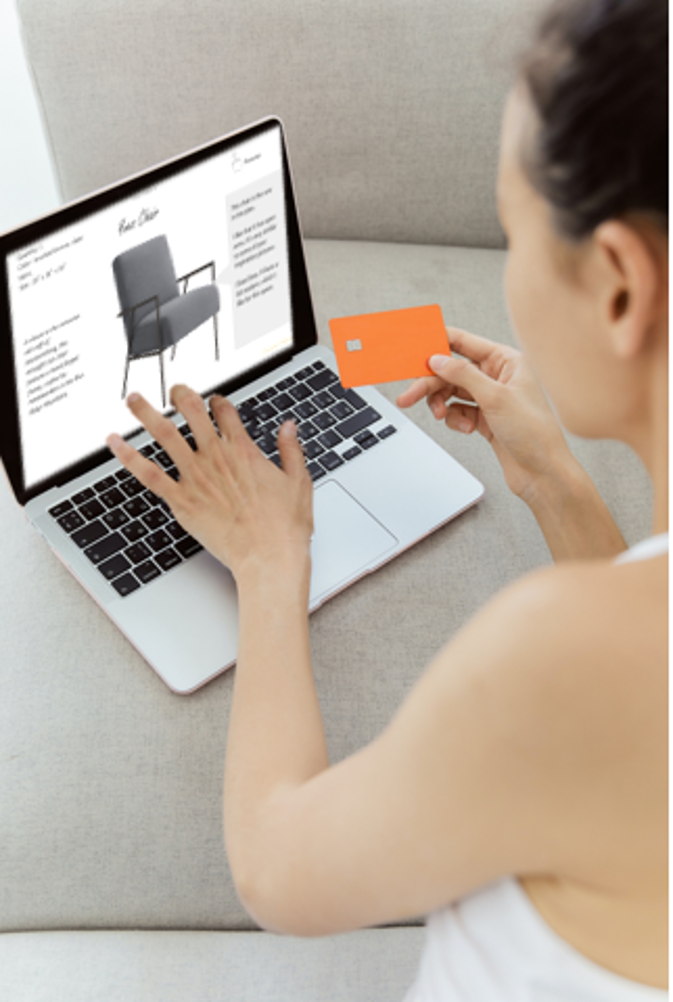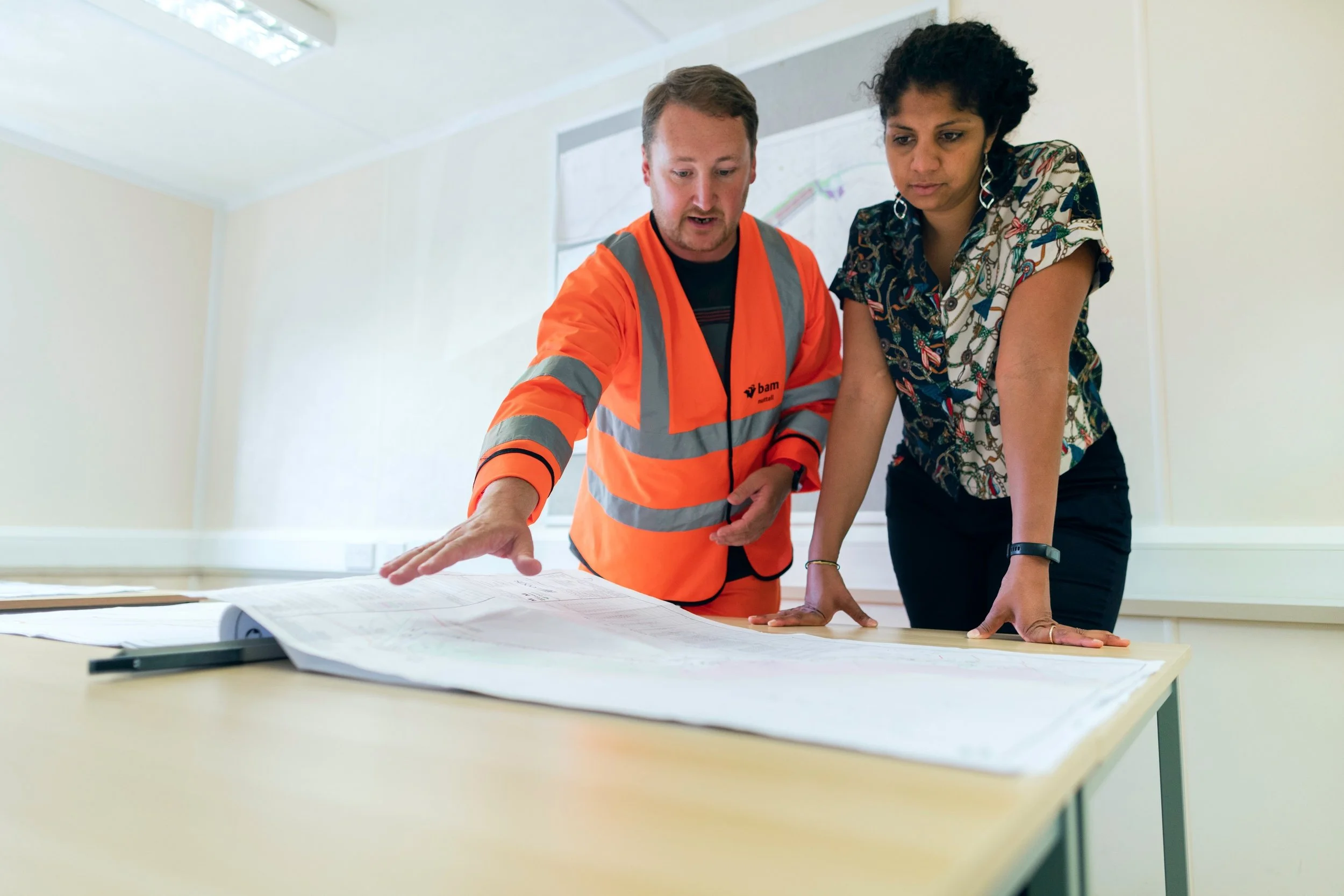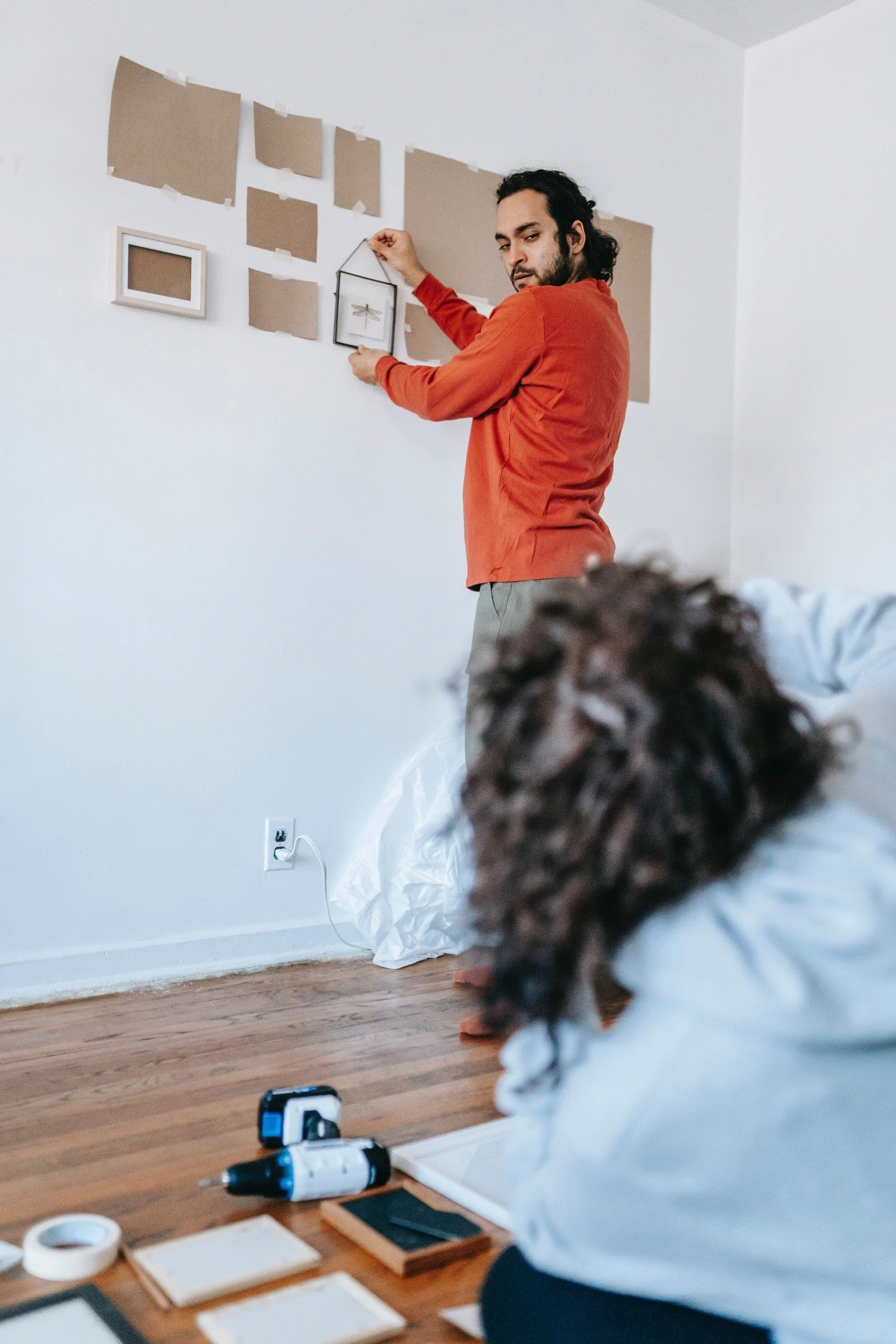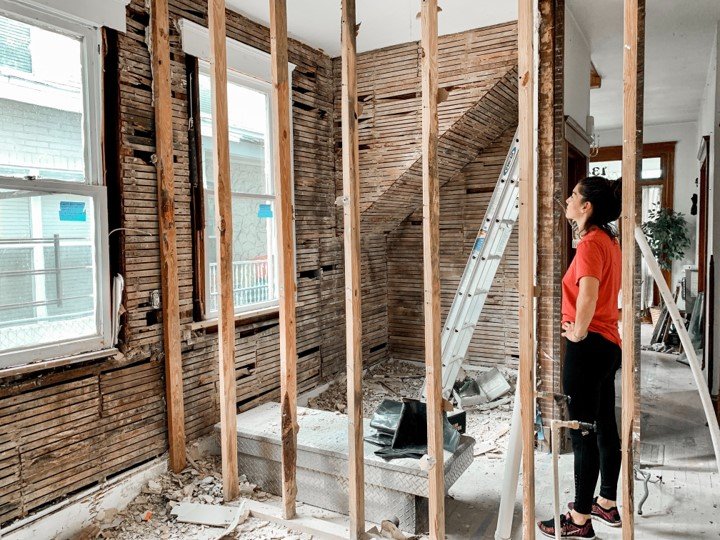The world of interior design has evolved in recent years, thanks to technology and the rise of online interior design services.
Online interior design, A.K.A, e-design, and virtual interior design, has become quite popular as an accessible and affordable option for homeowners who want to transform their homes.
Michael Helwig Interiors
Unlike traditional interior design, e-design allows clients to work with designers remotely. That means more possibility of working with talented designers from all over the world.
Whether you're looking to refresh a single room or tackle lots of rooms at once, online design services have become a favorite alternative to traditional interior design.
Michael Helwig Interiors
But who is it right for, and what are the key differences between e-design and traditional interior design?
In this post, I'll highlight the important differences to help you decide which is the right choice for you.
Benefits of online interior design
One of the biggest advantages is the convenience it provides.
With e-design, you don't need to schedule ongoing in-person meetings with a designer, which can be time-consuming and may require you to take time off work or rearrange your schedule. Instead, you can work with a designer from home, using tools like private Pinterest boards, a shared portal, or good old-fashioned email and chat, to collaborate on your project.
Anastasia Shuraeva
This is great for folks with busy schedules or who may have difficulty travelling to meet with a designer.
This flexibility means that you can fit your interior design project planning around your other commitments, without having to sacrifice your personal or work life.
Online interior design is also a great option for those who may live in remote areas or outside of major cities.
Ali Kazal
With e-design, you can work with designers from all over the world, regardless of where you live. This means that you have access to a wider pool of talented designers, with different design styles and approaches, than you may have if you were restricted to local designers.
I am certainly bias but, online interior design provides a level of convenience and flexibility that traditional interior design can’t match.
I also feel that being able to make decisions from home, on your own schedule, makes the process easier and more enjoyable.
Darina Belonogova
DIY vs. Done-For-You
Another advantage is that you can tailor your level of involvement with e design to suit your comfort level. This means that it’s a great choice if you enjoy taking on a DIY approach to your decorating projects.
If you don’t mind getting your hands a little dirty, you might actually enjoy the process of painting walls, installing wallpaper or trim moldings. But rest assured, you’ll still work with your designer to choose finishes and patterns that align with your tastes and goals for your home.
Ivan Samkov
Your designer is there for all the steps necessary to create the look and feel you want, but you’ll be selecting finishes and materials, choosing furniture and accessories, and even handling the ordering and installation of products.
Advantages of traditional interior design
If you prefer a hands-off approach, then traditional interior design is probably the better option for you.
In this case, your designer takes the lead role, handling all aspects of the design process, from creating the initial design plan to ordering and installing products. They’re also on sight throughout the process to make sure things go to plan and to update you along the way.
However, it's important to note that this "done for you" option usually comes with a higher price tag than the DIY. This is because the designer will be handling all aspects of the project, including ordering, and installing products, which can require more time and effort on their part.
Leeloo Thefirst
Now, many virtual designers offer a hybrid approach where the design is done remotely, but they can also act as a sort of liaison or concierge for finding professionals in your area who can help you implement the design.
Ultimately, whether you choose the DIY or "done for you" option will depend on your personal preferences, budget, and level of expertise.
The cost differences between online interior design and traditional interior design
Traditional interior design can be more expensive than e-design, as it typically involves in-person consultations and site visits, which can add to the designer's time and travel expenses. There are a lot of moving parts as well, involving product procurement, scheduling trades people, the design work and process, and more.
ThisIsEngineering
On the other hand, online interior design can be more affordable because it eliminates a lot of the overhead costs associated with traditional interior design.
E-designers rely online tools and communication platforms to collaborate with you on your project. We can work from home, on the road, and anywhere we have internet access. That savings in operating costs gets passed on to you.
cottonbro studio
So, the main take away here is that the traditional design approach requires much more up-front costs from both you and your designer.
With traditional design, you’ll usually pay a retainer to secure a designer’s time, then you’ll be billed incrementally as the project progresses. The designer will usually handle all procurement and purchase orders, which also requires significant capital up front as well.
With e design, you pay for the design and get a streamlined plan that guides you through the process your designer would use to bring the project to life in the most efficient and intuitive way. Essentially, e design is like a set of instructions or a recipe that you follow to get the results that are presented in the design.
Michael Helwig Interiors
Do you need a specialized or generalized design?
Traditional interior designers often specialize in certain styles or types of design, whereas online designers may have a more generalized approach.
Pexels
If you have a specific style or design in mind, then it may be better to work with a traditional interior designer who specializes in that area because they’ll have all the moving parts to get it done, down to a science. Although it will cost more up front, you can be sure that if you’re seeking authentic Mid Century Modern everything to go in your authentic MCM home, you’ll know you get that, down to the finest detail, with a designer who specializes in that style.
Michael Helwig Interiors
E designers will offer more generalized design solutions. That’s not to say we can’t advise on specific design styles. We typically know where to get the furniture to fit any style of room. The difference is, we’re usually going to tell you where you can buy the items online, so you don’t have to spend long hours sourcing things yourself. We do all the work of making sure the items will fit physically and aesthetically in your home. For me, I will source items both online and in stores near you if you prefer as well.
The time it takes for both traditional and online interior design can vary depending on the scope of the project.
With online design, you work at your own pace, and schedule. Your designer provides the design – the recipe to follow to get the desired look, fit and function.
Blue Bird
Traditional interior design often requires more face-to-face meetings and can take longer to complete. It’s more expensive up front, but you’re usually much more hands-off for the entire duration.
Consider the scope of the project.
Major remodeling projects may require the services of a traditional interior designer who can oversee the entire project from start to finish. If you need structural, plumbing, or electrical work done, then traditional design is for you.
Monica Silvestre
However, if you're looking for cosmetic updates or a smaller project, that don’t involve structural, electrical, or plumbing, then online interior design may be the perfect solution.
Michael Helwig Interiors
Top reasons why you should consider online interior design:
1. Convenience: Online interior design allows people to work with a designer from the comfort of their own home, without the need for in-person meetings.
2. Timesaving: Online interior design can be a quicker and more efficient process than traditional design, because eliminates the need for travel time and multiple in-person meetings.
3. Cost-effective: Online interior design is often more affordable than traditional interior design, as it eliminates many of the overhead costs associated with running a physical design business.
4. DIY-friendly: Online interior design services often offer DIY-friendly options for those who enjoy a more hands-on approach to home improvement.
5. Remote location: Online interior design allows people who live in remote or rural areas to access professional design services that may not be available in their local area.
6. Flexibility: Online interior design services are often more flexible in terms of scheduling and communication, which can be beneficial for those with busy schedules or who live in different time zones.
Read Next
The Perfect Way To Combine Decorating Styles For A Cohesive Look
Do you love too many decorating styles? Do you and your spouse love completely different looks? Scared that your house will look chaotic if you try to pull everything together yourself? Here’s a fun way - that you haven’t heard about before - to pull your home together like a total pro!
Join the Fun!
If you enjoyed this post and you want to keep seeing my weekly blog, the best way to do that is to subscribe.
You can subscribe by downloading my 11 Secrets Only Designers Know to Make Your Space Rock. If you’re curious about how decorators and designers make a home look magazine ready, you’ll love taking a gander at these 11 secrets. You’ll learn how to style your room from the floor up and it will work for ANY space you have.
I write about small space design and decorating, sustainable furniture options, positive self care and a variety of do-it-yourself home décor.
I’d love to connect with you!
“Michael Helwig was top-notch, very professional and responsive to my needs. He allowed me time to explore ideas and try out a variety of combinations until we found the perfect fit. Michael provided detailed information and offered beautiful ideas to make my dream living room become a reality. The furniture he sourced has totally transformed my living room space. Everyone that has seen my new living room has one word, WOW! A special thank you to Michael for a wonderful experience.”
“Michael was very knowledgeable and guided us, with great patience and good humor, through the process of designing our dining room and helping us find the perfect sleeper sofa. He offered really helpful advice when we asked questions - which was often - but at no time did we ever feel pushed. He helped me when I felt like I couldn’t make one more decision. When my new furniture finally arrived I realized everything down to the pillows was perfect. I couldn’t be happier!”
Michael Helwig Interiors
Michael is Principal designer and blogger at Michael Helwig Interiors in beautiful Buffalo, New York. Since 2011, he’s a space planning expert, offering online interior e-design services for folks living in small homes, or for those with awkward and tricky layouts. He’s a frequent expert contributor to many National media publications and news outlets on topics related to decorating, interior design, diy projects, and more. Michael happily shares his experience to help folks avoid expensive mistakes and decorating disappointments. You can follow him on Pinterest, Instagram and Facebook @interiorsmh.
























